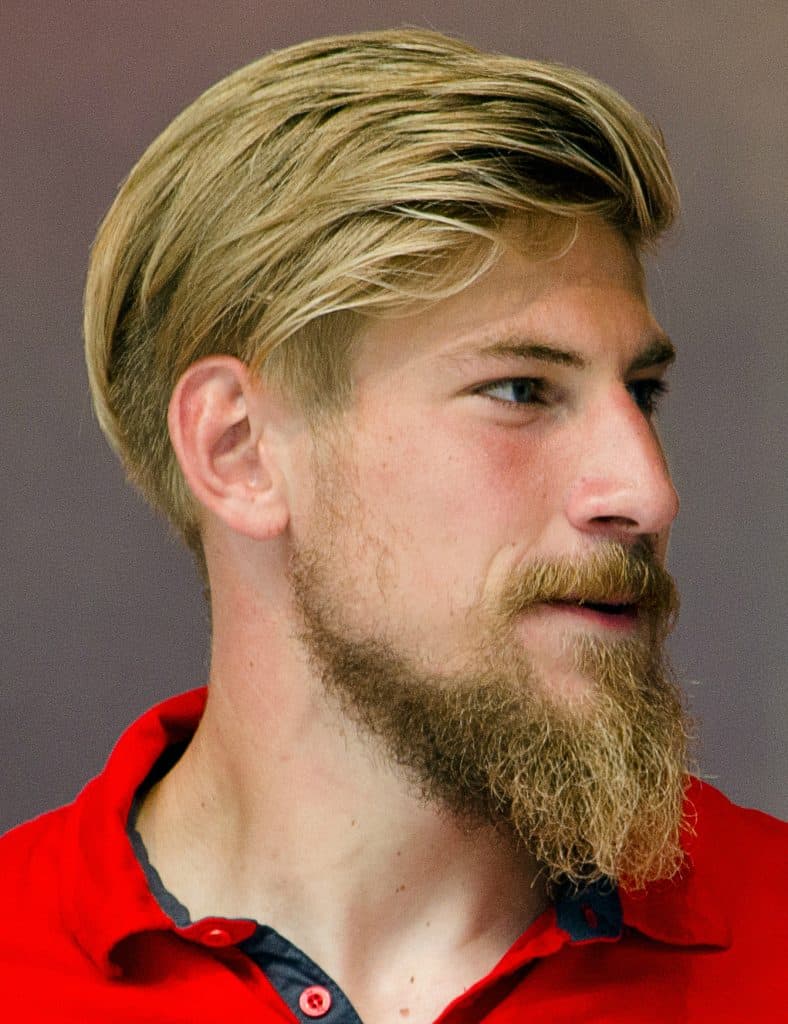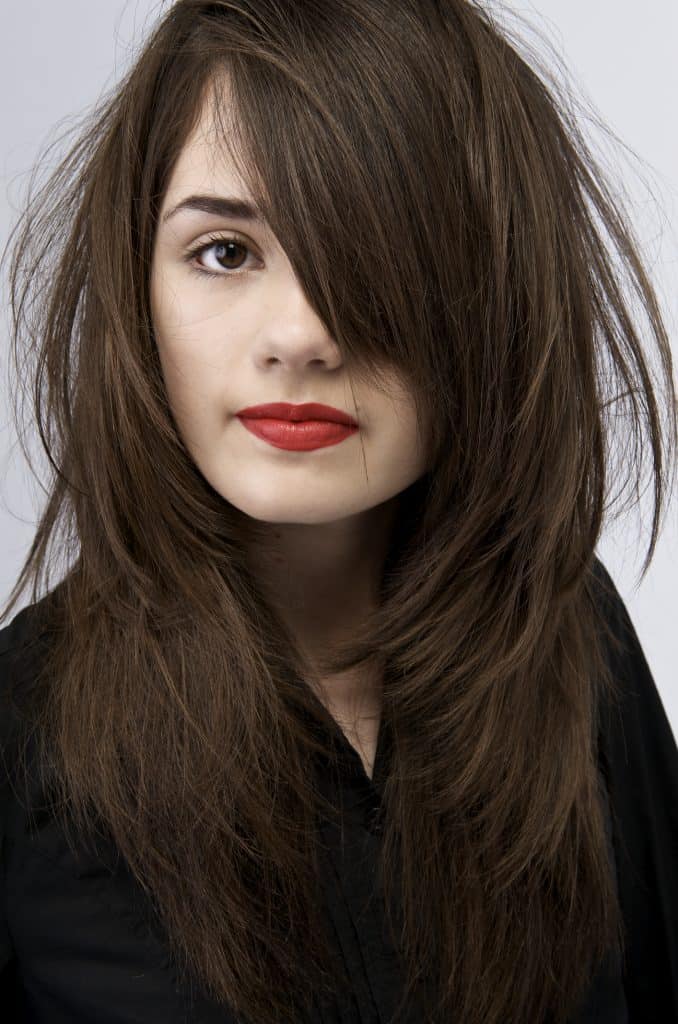Have you ever wondered what the rarest hair type in the world is? Hair plays a significant role in our identity, and its texture, color, and structure can vary dramatically across populations. Understanding the rarest hair type offers a fascinating glimpse into human diversity and genetics. In this article, we will explore the intricacies of hair types, focusing on the rarest ones and why they are so unique.
Hair is not just a strand of protein; it tells a story about our ancestry, genetics, and even our environment. The rarest hair type is often shrouded in mystery because it is not commonly seen or understood by most people. By diving into this topic, we aim to shed light on the characteristics that make certain hair types exceptionally rare.
Throughout history, hair has been celebrated and studied for its diversity. Whether it's the texture, curl pattern, or color, every hair type has its own story. This article will guide you through the fascinating world of rare hair types, providing insights into genetics, care tips, and the cultural significance of these unique traits.
Read also:Nicole Kitt The Rising Star In The Entertainment Industry
Understanding Hair Types
What Defines Hair Type?
Hair type is defined by several factors, including texture, density, curl pattern, and color. These characteristics are determined by genetic, environmental, and hormonal influences. When discussing the rarest hair type, it's essential to understand how these factors interact to create unique hair profiles.
- Texture: Refers to the thickness and feel of individual strands.
- Curl Pattern: Describes the degree of curl or wave in the hair.
- Color: Determined by the presence of melanin, which can range from blonde to black.
Understanding these definitions helps us appreciate the complexity of hair types and why some are considered rare.
The Rarest Hair Type: Exploring the Unknown
What Makes a Hair Type Rare?
The rarest hair type is typically defined by its low prevalence in the global population. For instance, natural blonde hair is considered rare because it occurs in only about 2% of the world's population. Similarly, certain curl patterns and textures are less common in specific regions, making them stand out.
Several factors contribute to the rarity of a hair type, including genetic mutations, geographical isolation, and evolutionary adaptations. These factors make some hair types unique and intriguing to study.
Genetics Behind Rare Hair Types
Unraveling the Genetic Code
Genetics plays a crucial role in determining hair type. Specific genes are responsible for traits such as curliness, color, and texture. For example, the MC1R gene is linked to red hair, which is one of the rarest hair colors globally.
Research has shown that genetic mutations can lead to the development of rare hair types. These mutations are often passed down through generations, creating distinct hair profiles within certain populations.
Read also:Cha Eunwoo The Rising Star Of Kdrama And Kpop
Rare Hair Types Around the World
Regional Variations in Hair Types
While some hair types are rare globally, they may be more common in specific regions. For instance, natural blonde hair is more prevalent in Northern Europe, particularly in countries like Norway and Sweden. On the other hand, afro-textured hair is dominant in sub-Saharan Africa but considered rare in other parts of the world.
Understanding regional variations in hair types helps us appreciate the diversity of human populations and the factors that influence these differences.
Caring for Rare Hair Types
Unique Challenges and Solutions
Caring for rare hair types can present unique challenges. For example, natural red hair is often more prone to sun damage due to lower levels of eumelanin. Similarly, afro-textured hair requires specific products and techniques to maintain its health and appearance.
- Use sulfate-free shampoos to preserve natural oils.
- Apply deep conditioning treatments regularly to maintain moisture.
- Protect hair from excessive heat and UV exposure.
By understanding the specific needs of rare hair types, individuals can take better care of their hair and enhance its natural beauty.
Cultural Significance of Rare Hair Types
Historical and Social Perspectives
Rare hair types have played significant roles in various cultures throughout history. For example, blonde hair was often associated with beauty and purity in ancient Greece, while red hair was considered mysterious and even magical in Celtic folklore.
In modern times, rare hair types continue to capture the imagination of people worldwide. They are often celebrated in fashion, media, and art, highlighting their unique qualities and cultural significance.
Scientific Studies on Rare Hair Types
Research and Discoveries
Scientific research has shed light on the genetic and biological factors that contribute to rare hair types. Studies have identified specific genes and mutations responsible for these unique traits, providing valuable insights into human evolution and diversity.
For example, a study published in the journal Nature Communications revealed that a mutation in the KITLG gene is linked to blonde hair in people from the Solomon Islands. This discovery highlights the complexity of genetic influences on hair type and color.
Myths and Misconceptions About Rare Hair Types
Separating Fact from Fiction
There are many myths and misconceptions surrounding rare hair types. For instance, it is often believed that red-haired individuals are more prone to sunburn, but this is not always the case. While red hair is associated with fair skin, individual susceptibility to sun damage varies.
By dispelling these myths, we can better understand and appreciate the true nature of rare hair types.
Future Trends in Hair Science
Advancements and Innovations
As science continues to advance, our understanding of rare hair types will deepen. New technologies and research methods are being developed to study the genetic and biological factors that influence hair characteristics.
These advancements could lead to breakthroughs in hair care products, treatments, and even genetic therapies. For individuals with rare hair types, this means better options for maintaining and enhancing their unique hair profiles.
Conclusion
In conclusion, the rarest hair type is a fascinating subject that offers insights into human genetics, diversity, and cultural significance. From understanding the genetic factors behind rare hair types to exploring their cultural impact, this article has provided a comprehensive overview of this intriguing topic.
We encourage you to share your thoughts and experiences with rare hair types in the comments section below. Additionally, feel free to explore other articles on our site to learn more about hair care, genetics, and human diversity. Together, we can celebrate the beauty of rare and unique hair types.
Table of Contents
- Understanding Hair Types
- The Rarest Hair Type: Exploring the Unknown
- Genetics Behind Rare Hair Types
- Rare Hair Types Around the World
- Caring for Rare Hair Types
- Cultural Significance of Rare Hair Types
- Scientific Studies on Rare Hair Types
- Myths and Misconceptions About Rare Hair Types
- Future Trends in Hair Science
- Conclusion

